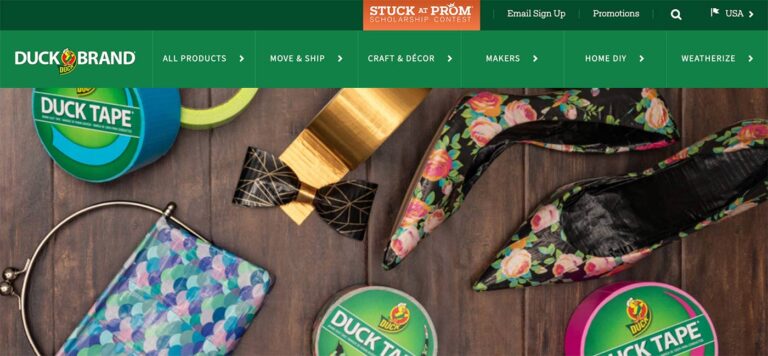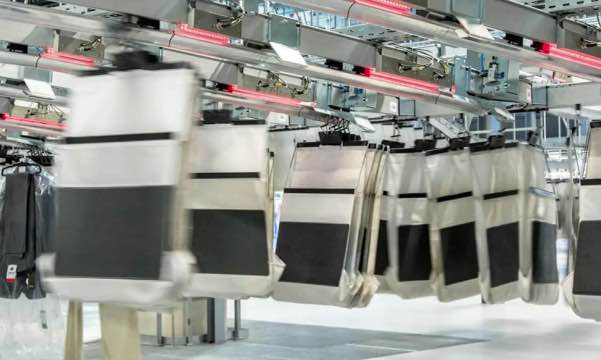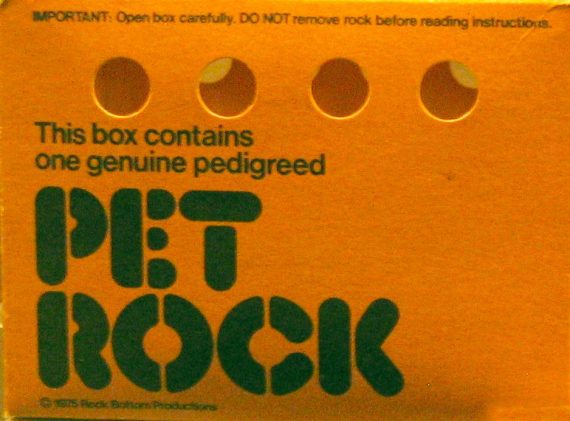Karen Millen uses clear visual cues (rather than a dropdown) to instantly convey what sizes are available in which colour, as well as how many are left.

This strategy can be effective for re-connecting with inactive or unengaged customers, by reminding them of old favourites. What’s more, it can also help to instil a sense of intrigue, nudging consumers into checking what has previously been so popular that it has sold out. This is a tactic that’s particularly effective in beauty retail, where reviews and recommendations (and overall social proof) is highly valued.
Additionally, the promise of a future email can help to prevent customers from immediately buying elsewhere and can be an effective way to prompt purchases when possible. Of course, this is also a sure-fire way to capture consumer data, with the end-goal of building a longer-term relationship with customers.
Show items as out of stock on product listing pages
One example of this is Ted Baker, which enables customers to ‘check store availability’ via a handy tool if it is out of stock on its ecommerce site. Additional information about the store, including a telephone number etc. is also provided, allowing customers to double check if stock of an item is selling fast in a specific location.
Stock-outs are not always avoidable, of course. Aside from the pandemic, which resulted in a spike in consumer demand for some online retailers, there are many other reasons why retailers might find themselves without adequate stock, such as misjudged forecasting and unforeseen shipping issues.
Net-a-Porter is one retailer that effectively indicates stock levels on its listing pages, labelling the items that are ‘sold out’. Additionally, it also tells customers which items are low in stock or further reduced, which can effectively instil urgency and help to drive sales.

Highlight out-of-stock colours and sizes
Discovering an item is ‘out of stock’ remains one of the biggest frustrations for online shoppers.
It’s important to note how the pandemic highlighted gaps in fulfilment operations for retailers, with many left unprepared for the marked shift to ecommerce. Some retailers quickly adapted, however. One example of this is US retailer Bed, Bath & Beyond, which used a ‘ship-from-store’ model to help facilitate online orders, making use of the stock left in stores. Ship-from-store operations fulfilled roughly 36% of its total digital orders in Q2 2020.
If certain sizes or colours are unavailable rather than an entire stock of an item, there’s usually no choice for retailers other than to indicate this on the product page. In this case, information should be conveyed as clearly as possible to avoid customers clicking back and forth between different variables.

Not all out of stock issues are final – temporary spikes in demand or inventory problems can result in items being unavailable for a short time. Asking customers if they want to be notified by email when items are back in stock is a good way to remind them that the situation is not final.

Notify customers when items are available
Some customers will always want to buy there and then, so showcasing alternative or similar product inspiration next to out-of-stock items can be the key to immediate conversion.
What retailers can control, however, is the customer experience around the product, which can help to determine whether or not a customer returns again in future – despite missing out in the moment. Crucial to delivering this experience is inventory management, which enables retailers to track and manage items through various stages along the supply chain. ERP systems can also enhance real-time inventory management by ensuring communication and transparency with other areas of the business, as well as data-driven analysis and forecasting.
16 ways retailers can improve their approach to online returns

Provide an option to pre-order
A 2020 McKinsey survey found that, out of the 34% of consumers who have shopped with a new brand, retailer, or website since the pandemic, 29% cite product availability as the reason they have done so.

Provide alternative or similar product inspiration
Indicating that items are out of stock on the product listing page (instead of on a product details page or, even worse, at the checkout) is one way to avoid customers being met with a dead-end. Not only does this prevent customers from wasting their time, but it also streamlines the browsing experience, ensuring that their attention is diverted from what is unavailable to both relevant and in-stock items.
A 2019 survey found that 75% of millennials have left a store without purchasing an item in order to buy it online instead. This is not always the way, of course, with shoppers also relying on physical stores if online stock becomes unavailable. This can only happen through effective omnichannel inventory management, which enables retailers to monitor and manage inventory across all channels. The result is a far superior customer experience, giving customers an overview of where the item is in stock.

Build creative content around ‘back in stock’ products
ERP systems can be effective when it comes to optimising this type of information in real-time, often using a dedicated inventory control functionality that can be integrated into a retailer’s ecommerce website. In short, ERP’s can enable product listing to be updated when items are sold, as well as indicate when certain colours or sizes are running low. As Econsultancy’s ‘Ecommerce Best Practice Guide‘ also states, “platforms such as Shopify and Magento provide the ability to report product availability or take pre-orders for products not yet available.”

Removing all listings for items that are out-of-stock is not always a viable option, as it is often the case that retailers plan to replenish the same items as soon as possible. Moving out of stock items to the bottom of category pages, however, can ensure customers aren’t distracted or given the negative impression that lots of items are unavailable at one time.
Suggest customers buy in-store
John Lewis is a good example, using its category pages to highlight out of stock items and indicate email notifications. It’s a nice bit of UX too; clicking on ‘email when available’ reveals a pop-up box containing an entry form, making it super quick for customers to resume browsing once they have entered their email address.
Clothing retailer Joules uses a drop-down menu to inform customers of what is available, and again indicates that certain sizes are low in stock and any out of stock options are excluded from faceted navigation, so no shoppers end up pursuing a dead end.
John Lewis is again a good example of best practice when it comes to out-of-stock issues; the retailer includes both an email reminder form and visually similar items. For extra reassurance, John Lewis also tells the customer that they will be notified if the item doesn’t come back in stock, which is a nice indicator that the retailer cares about more than just sales.
One-step further than an email notification, pre-order functionality locks in a future purchase. This is often used on marketplaces like Amazon for soon-to-be released books, music and games, but it’s also a tool that can be used for regularly re-stocked items or new season stock.
This type of model is not viable for all retailers, of course, with logistical and financial challenges stopping many from executing it (not least whether stores could be open or occupied by staff during various lockdowns). Overall, the pandemic has exacerbated the demand for warehouse space as well as visibility across the supply chain, with many in the industry now figuring out how to execute an omni-channel fulfilment strategy that aligns with new trends (such as curbside pick-up and increased home delivery).
For retailers, the consequences can be much more serious than missed sales. Poorly communicated stock levels can not only damage revenue, but can also impact long-term relationships with customers, and even reduce brand loyalty.






